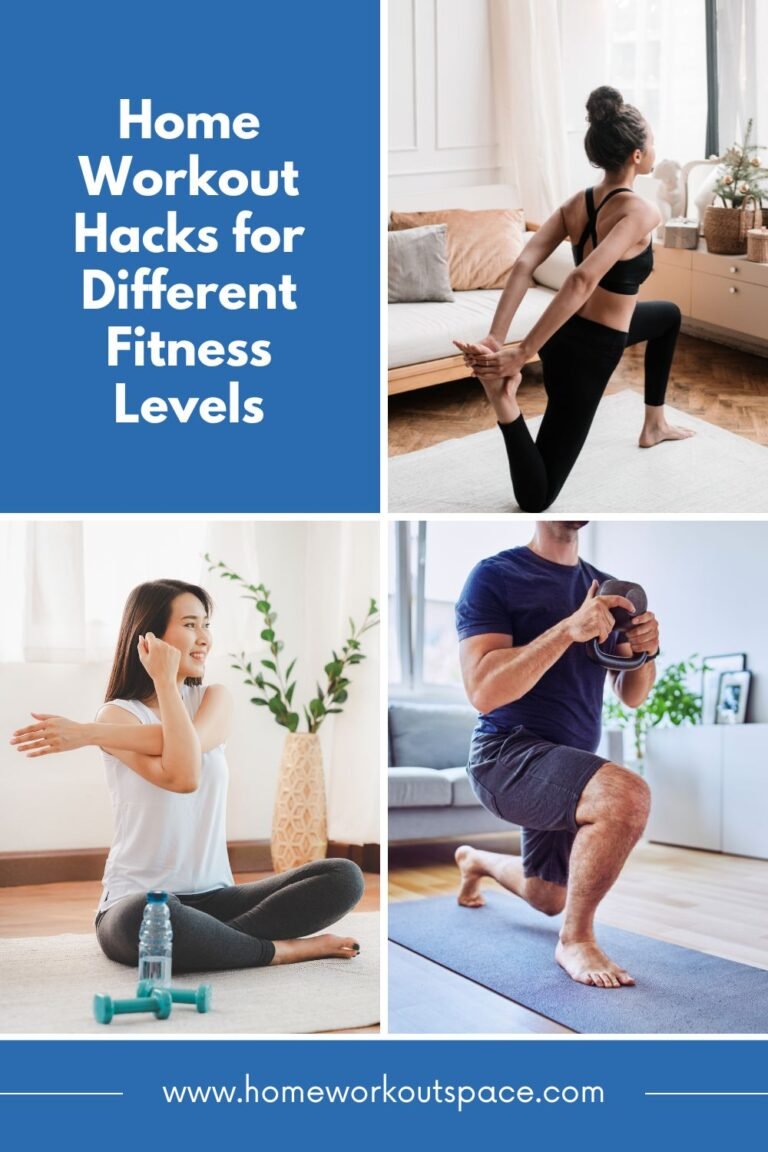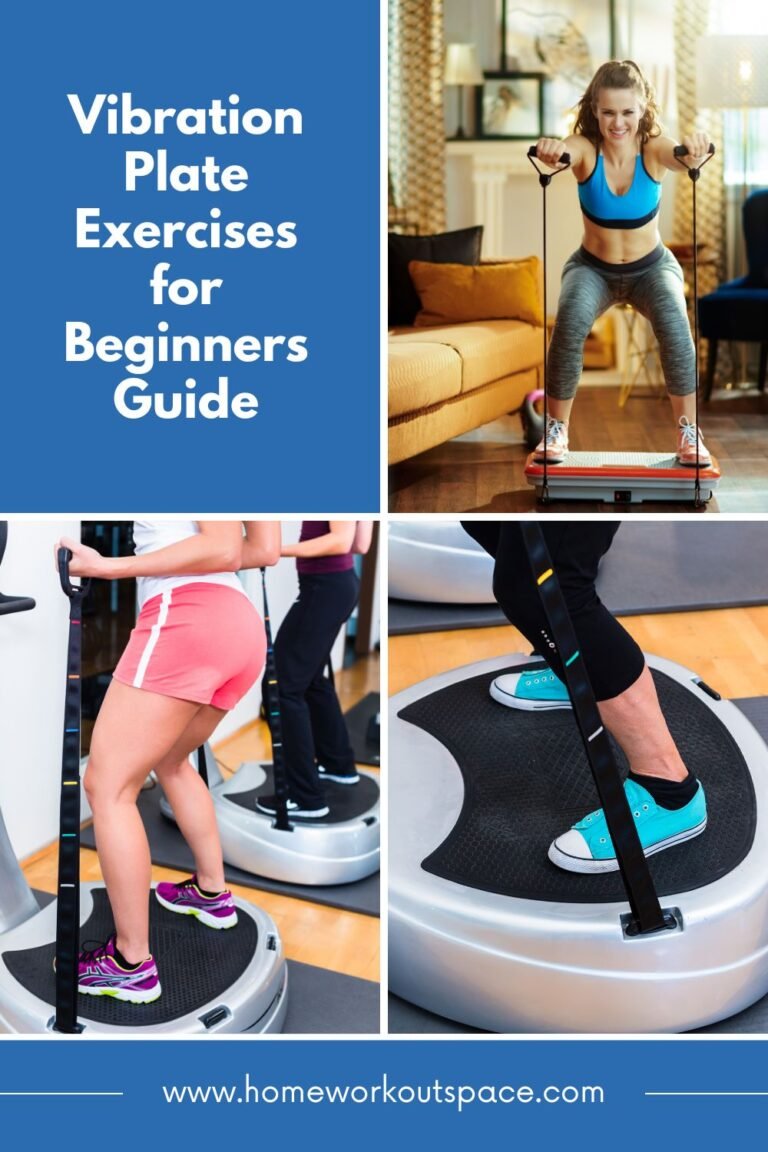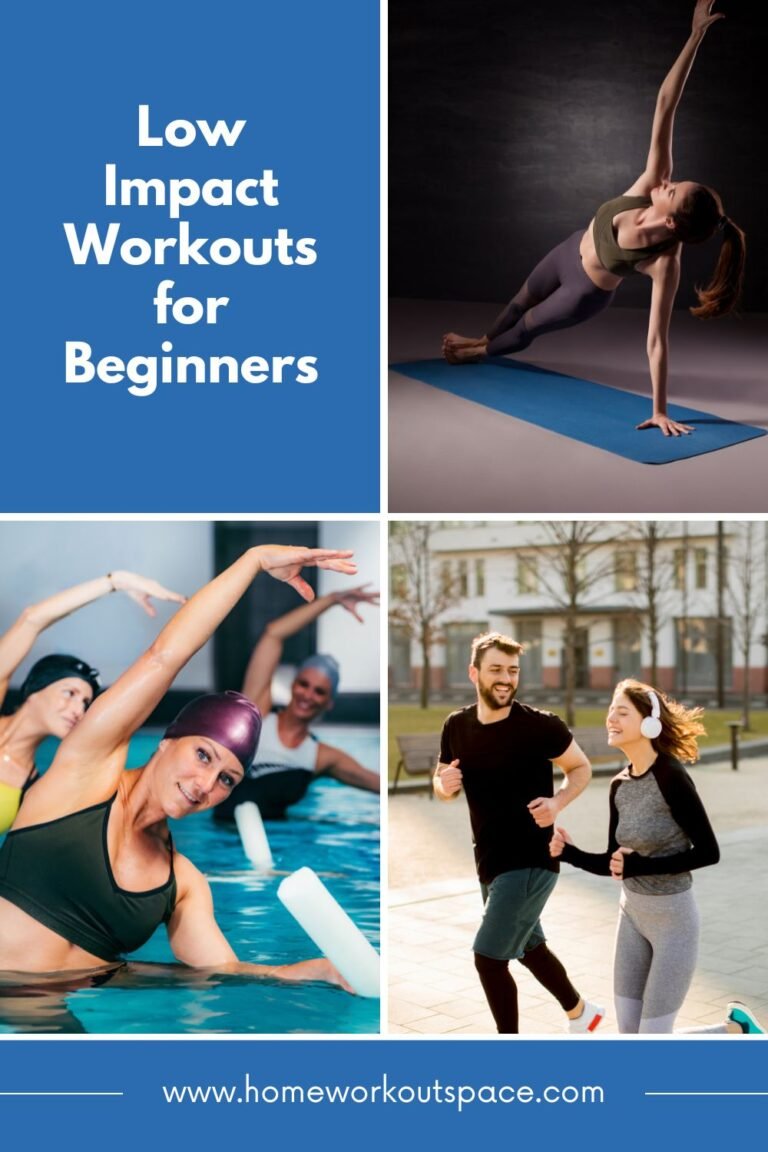Lunges vs Squats: Which is Better for Your Home Workouts?
When it comes to lower body strength training exercises, lunges and squats reign supreme. Both of these compound movements engage multiple muscle groups and offer a host of benefits. However, the question arises – which one is better suited for your home workouts?
In this comprehensive guide, we’ll explore the pros and cons of lunges and squats, helping you make an informed decision based on your fitness goals and space constraints.
Natural Supplements To Help Support Your Home Workouts
✅ Increase Your Pumps And Performance
✅ Promote Muscle Growth And Boost Energy
✅ For Powerful Muscle Growth
✅ Pack On Lean Muscle
✅ Next-generation Fat Burner
✅ Supergreens For full spectrum nutrition
Understanding Lunges
Lunges are a dynamic exercise that targets the quadriceps, hamstrings, and glutes, while also engaging the core muscles for stability. There are several variations of lunges, including:
Forward Lunges
- The most basic and commonly performed lunge variation.
- Targets the quadriceps, hamstrings, and glutes.
- Challenges balance and core stability.
Reverse Lunges
- Involves stepping back instead of forward.
- Emphasizes the hamstrings and glutes more than the forward lunge.
- Easier to maintain proper form, reducing strain on the knees.
Lateral Lunges
- Performed by stepping out to the side.
- Targets the abductors and adductors (inner and outer thigh muscles).
- Improves hip mobility and stability.
The Benefits of Lunges
Functional Movement Pattern
Lunges mimic the natural movement patterns we perform daily, such as walking, climbing stairs, or stepping over obstacles. By incorporating lunges into your home workouts, you’ll improve your overall functional strength and mobility, making everyday activities easier.
Unilateral Strength Development
Unlike squats, lunges work one leg at a time, which can help identify and correct muscle imbalances between your left and right sides. This unilateral training approach can improve stability, reduce the risk of injury, and enhance overall athletic performance.
Versatility and Variety
Lunges offer a wide range of variations, allowing you to target different muscle groups and add variety to your workouts. You can also incorporate weights, such as dumbbells or kettlebells, to increase the intensity and challenge different muscle groups further.
Understanding Squats
Squats are a fundamental strength training exercise that targets the lower body muscles, including the quadriceps, hamstrings, and glutes. Like lunges, squats have several variations:
Air Squats
- Performed using only your body weight.
- Excellent for beginners and those focusing on proper form.
- Can be challenging for advanced exercisers by increasing the rep range.
Goblet Squats
- Involves holding a dumbbell or kettlebell at chest level.
- Engages the core and upper body muscles for added stability.
- Suitable for those new to weighted squats.
Back Squats
- Performed with a barbell positioned across the upper back.
- Allows for significant weight loading and builds overall lower body strength.
- Requires proper form and mobility to avoid injury.
The Benefits of Squats
Full Body Engagement
While squats primarily target the lower body muscles, they also engage the core, back, and shoulder muscles for stabilization. This full-body engagement makes squats an efficient exercise for building overall strength and muscle mass.
Increased Muscle Activation
Squats are known for their ability to activate a large number of muscle fibers simultaneously. This high level of muscle activation can lead to greater strength gains and increased calorie burn, making squats an effective exercise for both strength training and weight loss goals.
Improved Posture and Balance
Proper squat form requires maintaining an upright torso position and engaging the core muscles. Over time, this can improve posture, balance, and overall body awareness, which can translate into better performance in other physical activities.
Choosing the Right Exercise for Your Home Workouts
Now that you understand the key differences between lunges and squats, it’s essential to consider your specific goals, space constraints, and equipment availability when deciding which exercise to prioritize for your home workouts.
Limited Space
If you have a small workout area or limited floor space, lunges may be the better choice. Lunges require less room to perform safely, making them ideal for compact living spaces or cramped home gyms.
Equipment Access
- For bodyweight exercises: Both lunges and air squats can be performed effectively without any equipment, making them suitable for minimalist home workouts.
- For weighted exercises: If you have access to dumbbells or kettlebells, you can incorporate weighted lunges or goblet squats into your home workout routine. However, if you have a barbell and adequate space, back squats may be a better option for maximizing lower body strength gains.
Injury Considerations
If you have pre-existing knee or hip issues, lunges may be a safer choice as they place less stress on these joints compared to deep squats. However, it’s always recommended to consult with a qualified healthcare professional before starting any new exercise program, especially if you have injuries or medical conditions.
Variety and Progression
Incorporating both lunges and squats into your home workouts can provide much-needed variety and allow for progressive overload. You can alternate between the two exercises or combine them in the same workout to target different muscle groups and keep your training fresh and challenging.
Incorporating Lunges and Squats into Your Home Workouts
Here are some tips for effectively integrating lunges and squats into your home workout routine:
- Warm up properly: Always start with a dynamic warm-up routine to prepare your muscles and joints for the upcoming exercises.
- Focus on form: Proper form is crucial for both lunges and squats to prevent injuries and maximize effectiveness. Consider recording yourself or working with a qualified trainer to ensure you’re executing the movements correctly.
- Progressively overload: Gradually increase the intensity by adding weight, increasing reps or sets, or trying more challenging variations as you become stronger.
- Allow for recovery: Give your muscles adequate rest and recovery time between intense lower body sessions to avoid overtraining and potential injuries.
In conclusion, both lunges and squats are excellent lower body exercises that offer unique benefits for your home workouts. Lunges provide functional strength, unilateral training, and versatility, while squats promote full-body engagement, increased muscle activation, and improved posture and balance.
Ultimately, the choice between the two exercises will depend on your specific goals, space constraints, equipment availability, and injury considerations. Incorporating a combination of both lunges and squats into your routine can provide a well-rounded, challenging, and effective lower body training program.








